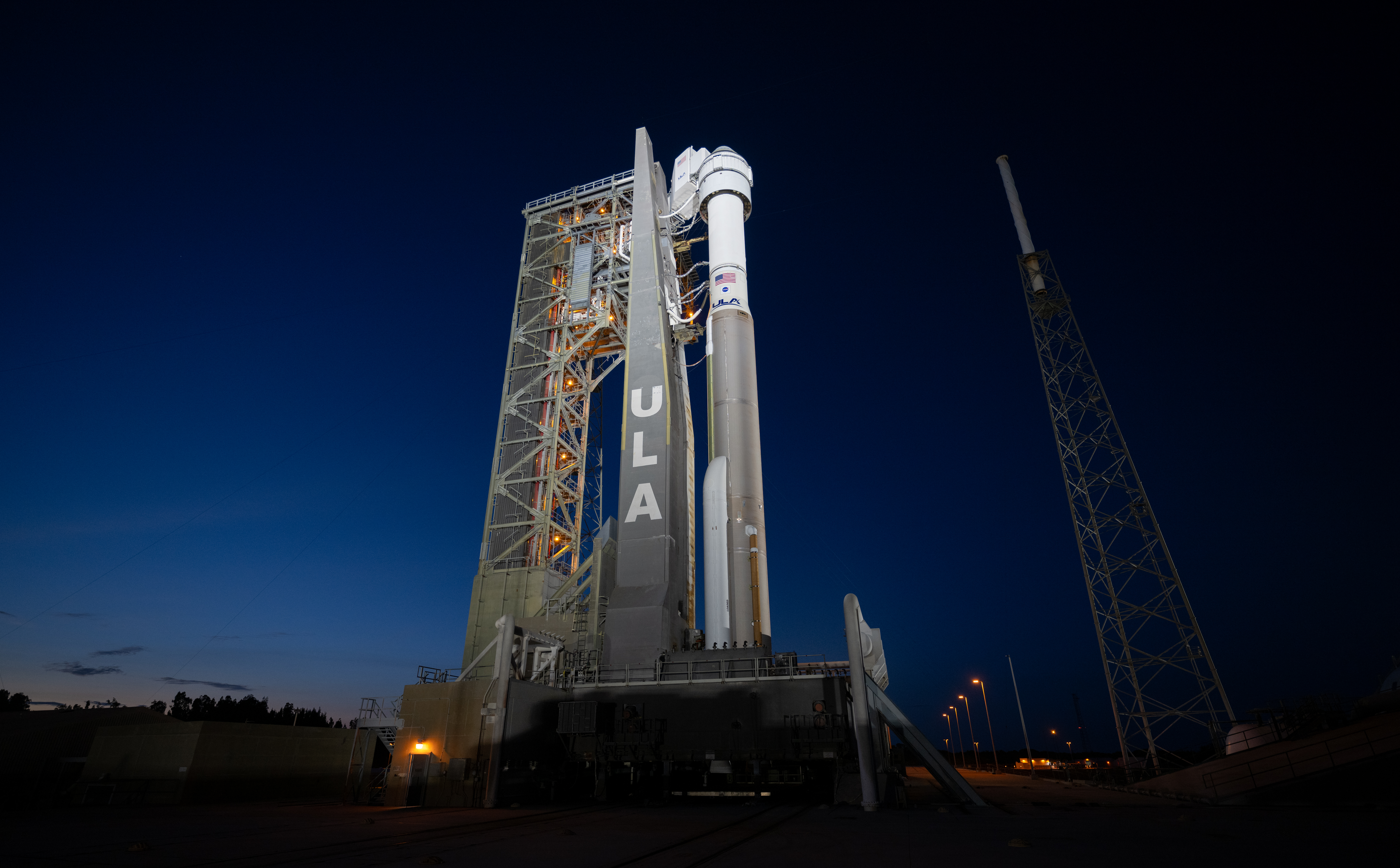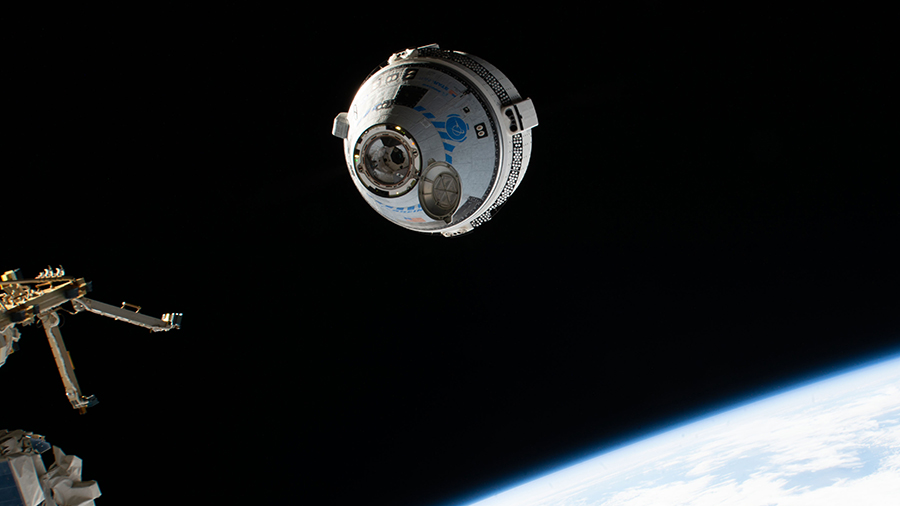
NASA’s Boeing Crew Flight Test now is targeted to launch no earlier than 6:16 p.m. EDT Friday, May 17, to the International Space Station. Following a thorough data review completed on Tuesday, ULA (United Launch Alliance) decided to replace a pressure regulation valve on the liquid oxygen tank on the Atlas V rocket’s Centaur upper stage.
ULA plans to roll the rocket, with Boeing’s Starliner spacecraft, back to its Vertical Integration Facility at Cape Canaveral Space Force Station in Florida on Wednesday, May 8, to begin the replacement. The ULA team will perform leak checks and functional checkouts in support of the next launch attempt.
The oscillating behavior of the valve during prelaunch operations, ultimately resulted in mission teams calling a launch scrub on May 6. After the ground crews and astronauts Butch Wilmore and Suni Williams safely exited from Space Launch Complex-41, the ULA team successfully commanded the valve closed and the oscillations were temporarily dampened. The oscillations then re-occurred twice during fuel removal operations. After evaluating the valve history, data signatures from the launch attempt, and assessing the risks relative to continued use, the ULA team determined the valve exceeded its qualification and mission managers agreed to remove and replace the valve.
Mission managers discussed the details leading to the decision to scrub the May 6 launch opportunity during a news conference shortly after the scrub call at NASA’s Kennedy Space Center in Florida.
Wilmore and Williams will remain in crew quarters at NASA Kennedy in quarantine until the next launch opportunity. The duo will be the first to launch aboard Starliner to the space station as part of the agency’s Commercial Crew Program.

